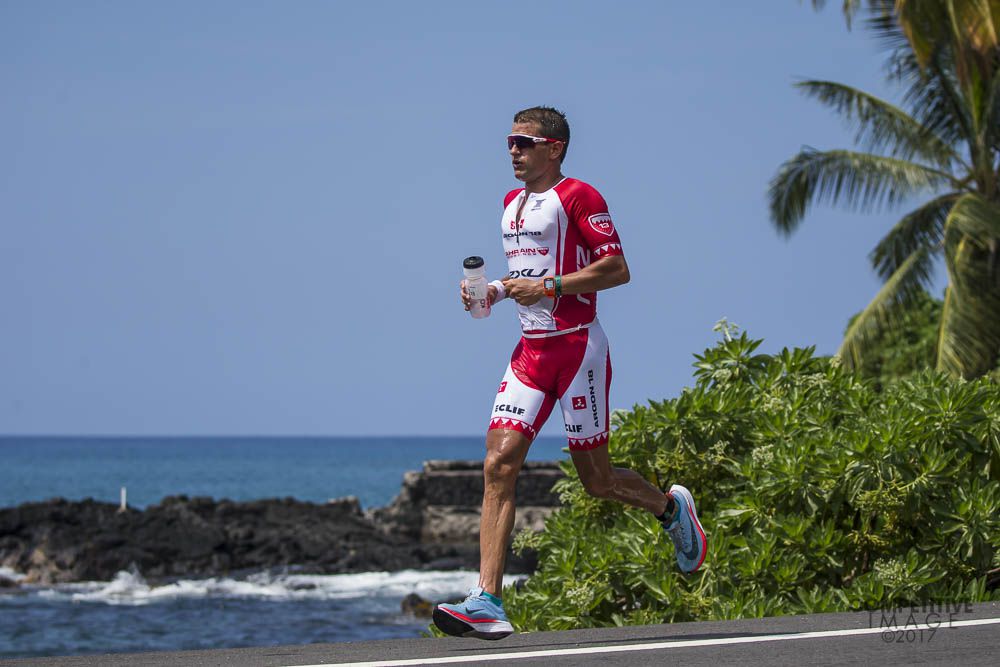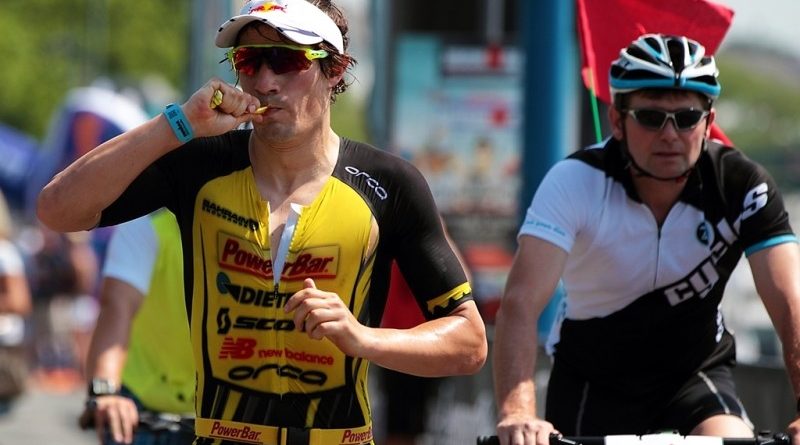Which Fuel is the Best Fuel for Ironman?
Here we debate the long-asked question amongst athletes, coaches and sport scientist. In this article will be discussing the pros and cons of being fat fuelled or carbs fuelled in the world of long course triathlon.
The Science
Carbohydrates and fats are the body’s primary fuel source for living, movement and exercise. For every gram of carbohydrate contains 4 calories with the same or protein, however fat contains 9 calories for every gram. Thus, fat is more energy dense as a fuel source. At rest and during low intensity exercise, fat is the primary fuel source in use with little utilisation of carbohydrates. As exercise intensity increases the percentage of fat utilisation is reduced and the percentage of carbohydrate utilisation is increased. This is due to the break down and utilisation of carbohydrates is easier and faster than that of fat, which is metabolised at a slower rate. Sports scientist have been able to identify on many occasions that working at around 60-65% VO2max elicits maximal fat oxidation rates, something one could consider for weight management, with overnight fasting increasing this further. A relatively steady intensity session, such as a long steady run or ride would stimulate such physiological stress to the energy systems.
Application to the Sporting World
Sports Scientist, coach and triathlete Dr Dan Plews is a big advocate for being fat fuelled for training and racing. Plews is incredibly established in all three of his disciplines; 30 peer-reviewed sport science publications, coached athlete’s such as Terenzo Bozzone, Jan Van Berkel and Tim Van Berkel and not only that in 2018 became the Ironman Age Group World Champion and course record holder in Kona (8:24:36)! This guy can talk the talk and most definitely walk the walk. Alongside all this, Plews has set up Endure IQ an online learning platform for those that want to learn about long course triathlon training racing and practically applying the methods of a low carb approach.

I think it is fair to say the low carb approach isn’t for everyone. The diet and training transition or adaptations can be a tough process especially for a society who loves carbs to fuel our sport and lifestyle. With that, there has been evidence to suggest that this dietary method could result in a lowered bone mineral density. A potential problem for long course endurance athletes and females in particular. Always do your research and take advice before making such changes to your lifestyle and performance. Despite these challenges Plews has proven in research and on the racecourse that it can work for successful performance if you stress your body enough to adapt and utilise fats at a higher intensity, it can work.
Fat fuelling is still not used by many but is more popular on the ultra-endurance scene (lower intensity, prolonged endurance – makes sense). Carbohydrates are the favoured fuelling method by many and is believed to continue that way for the foreseeable future. It’s easy access, easy to intake and digest and fast utilisation can be understood to be a no brainer. Except there’s just one catch, excessive intake and/or extreme conditions like extreme heat can lead to gastrointestinal issues.
Overall, in an ideal world being fat and carbohydrate could be great for lifestyle and performance. Increasing fat utilisation at high intensities with a reduced contribution of carbohydrates. Thus, this could be carbohydrate sparing and useful in instances of a sprint finish at the end of a race. The majority of the time carbs is what will be easily accessible on the racecourse and tolerance to carbohydrates will key.
Article written by Elite Ironman 70.3 athlete Harrison Rolls King. Harrison has a BSc in Sport and Exercise Science with Nutrition.
Check out his social media by clicking the links below:





